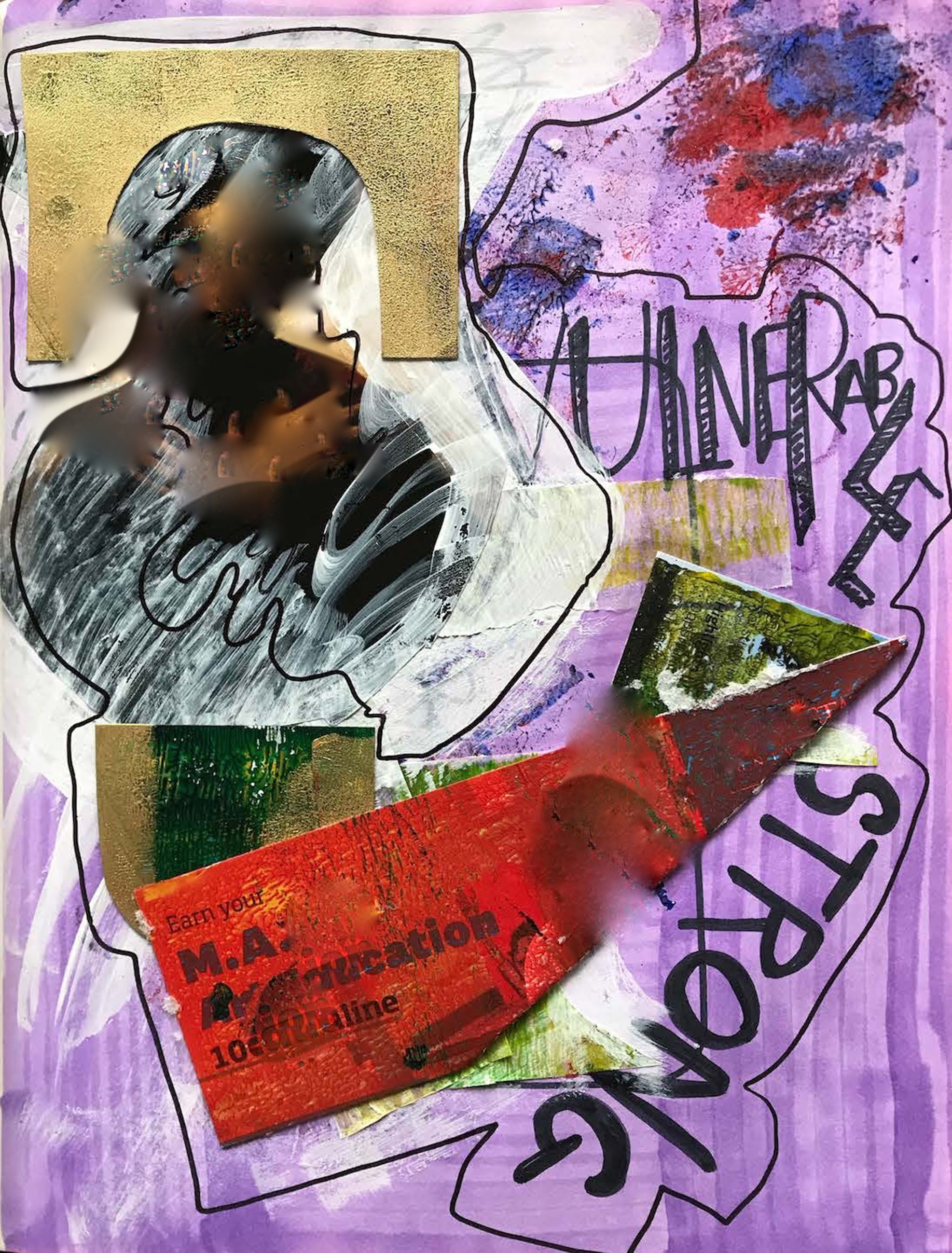From Bubbles to Foam, A Nomadic Interpretation of Collaborative Publishing: A Review of Jorge Lucero and Colleagues’ Article in Art Education
DOI:
https://doi.org/10.18432/ari29524Keywords:
WhatsApp, social media, collaborative research, creative dissemination, transdisciplinaryAbstract
This review is a bricolage of nomadic encounters with Jorge Lucero and colleagues’ (2016) article on ways to engage with collaborative publishing. Lucero presents a Facebook discussion amongst practitioners denouncing the limited power of practitioners in shaping academic discourse. It shows how social media can serve as a platform for inviting the practitioner’s voice into research. The authors illustrate that by using Facebook, practitioners’ unfamiliarity and discomfort with academic standards can be bypassed. It demonstrates metalogue as a conceptual form of writing that disrupts the structure of conversations and challenges the authorial researchers’ voices. A critical note, however, is whether it is beneficial in the long term to consider the academic and social media parts as separate accounts. We argue that collaborative publishing requires collaborative research and writing in the first place. In response to the article, we started a WhatsApp conversation. This enabled us to reflect on the content of the article and experience the use of social media as a collaborative writing method ourselves.
Downloads
Published
How to Cite
Issue
Section
License
Copyright (c) 2020 Art/Research International: A Transdisciplinary Journal

This work is licensed under a Creative Commons Attribution-NonCommercial-NoDerivatives 4.0 International License.
Authors who publish with Art/Research International agree to the following terms:
a. Authors retain copyright and grant the journal right of first publication and the right to sublicense the Contribution, in the form in which it is published by the journal, to others under the terms and conditions of the of the Creative Commons Attribution-NonCommercial-NoDerivs (CC BY-NC-ND) that allows others to download the work and share the work with others with an acknowledgement of the work's authorship and initial publication in this journal, but they cannot change the work in any way or use any part of the work commercially.
b. Authors are able to enter into separate, additional contractual arrangements for the non-exclusive public distribution and display of the journal's published version of the work (e.g., post it to an institutional repository or publish it in a book), with an acknowledgement of its initial publication in this journal.
c. Authors are permitted and encouraged to post their work online (e.g., in institutional repositories or on their website) prior to and during the submission process, as it can lead to productive exchanges, as well as earlier and greater citation of published work (See The Effect of Open Access).
d. Authors wishing to include items (such as images or other media, or any creative works of others whether previously published or not) must contact the original copyright holder to obtain explicit permission to publish these items in Art/Research International. Writing permission should include: the title(s) of any copyrighted work, original place of publication if applicable, and an acknowledgement of having read Art/Research International's copyright notice. Authors are responsible for obtaining this permission and keeping it in their own records for later verification.



